Shaun was formally congratulated by ESA’s Director of Human and Robotic Exploration David Parker at Aardman headquarters in Bristol, UK, before setting off to visit space centres across Europe to meet many of the people who made his flight possible.
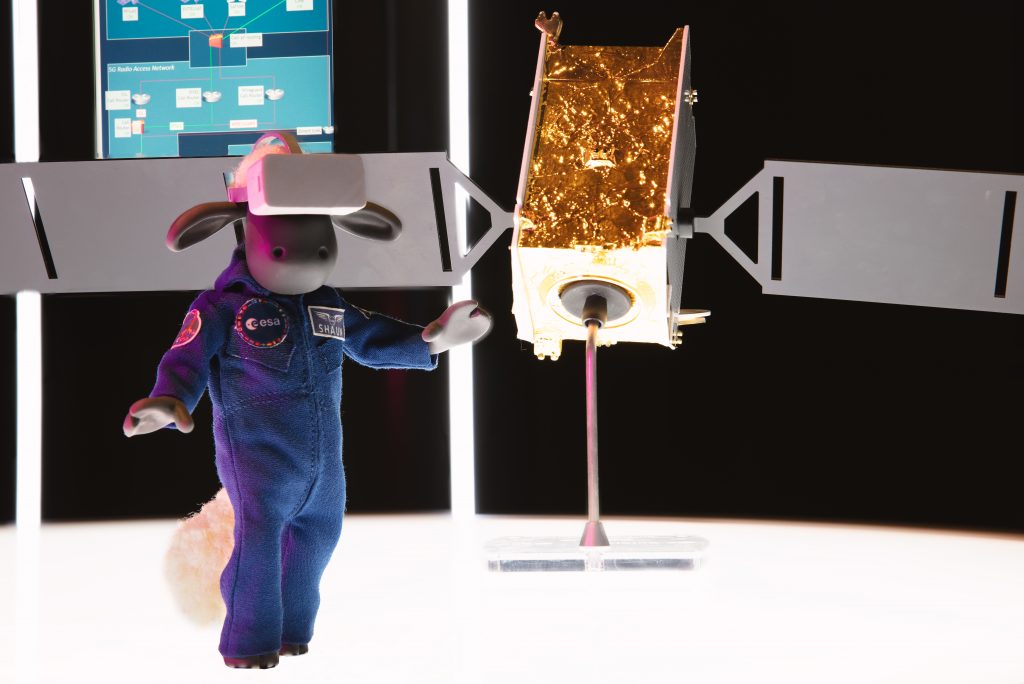
First stop was the European Centre for Space Applications and Telecommunications (ECSAT), ESA’s newest facility and its first in the UK. Based at the Haaarwell Campus in Oxfordshire and opened in 2009, ESA ECSAT has a focus on telecommunications and business applications but also supports teams working in climate change, technology and science.
ECSAT is home to ESA’s Moonlight initiative, which is enabling private space firms in Europe and Canada to offer a lunar telecommunication and navigation service by creating a constellation of satellites around the Moon.
These lunar and navigation services will also be used in future missions to the Moon; naturally our woolly astronaut found this technology very interesting.
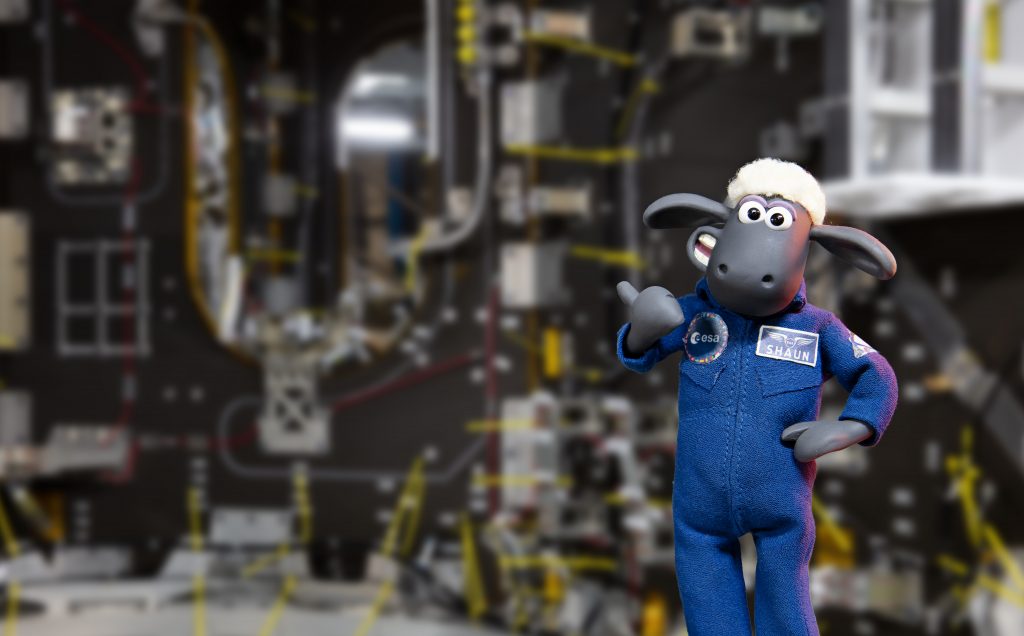
Next up was Airbus in Bremen, Germany, where the vehicle that took Shaun to the Moon and back was built. The first European Service Module, ESM-1, was delivered to NASA in 2018 and integrated on the SLS rocket for Shaun’s Artemis I mission, launched on 16 November 2022.
The second ESM, sent from Bremen to Kennedy Space Center in 2021, is now being prepared for the Artemis II mission, which will take its first human crew around the Moon and back to Earth in 2024.
On this tour, Shaun took a peek at the third ESM in the Airbus cleanroom; ESM-3 will power the Artemis III mission, set to see the first humans step on the Moon since 1972.
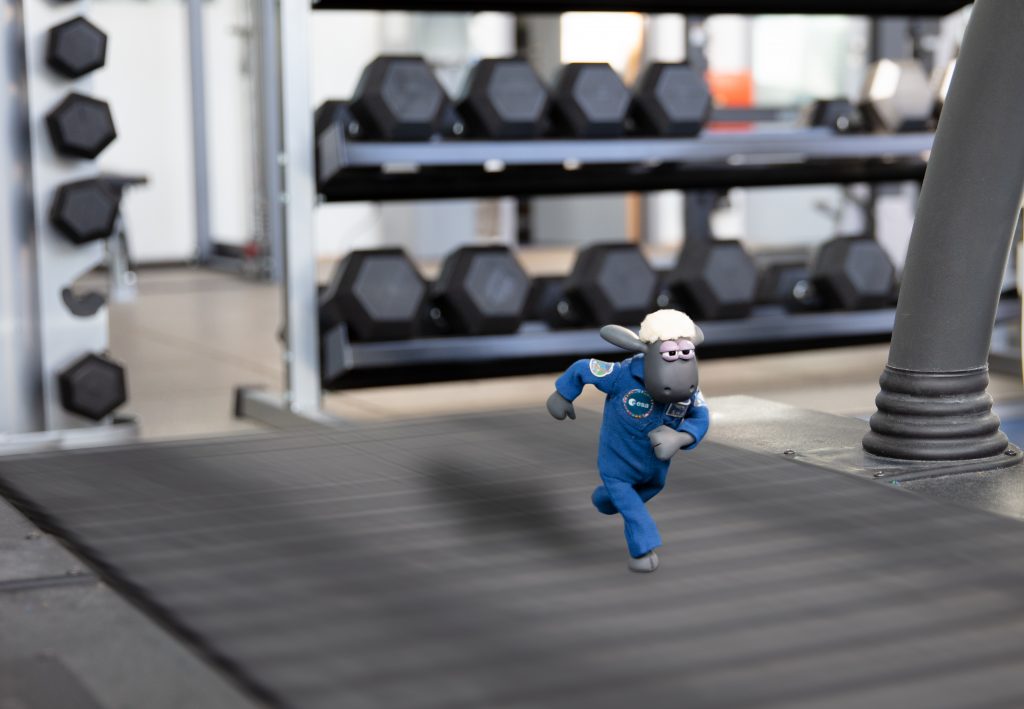
Taking a short detour, Shaun popped into ESA’s European Astronaut Centre in Cologne, Germany. It’s here that all ESA crew members undergo pre- and post-flight medical evaluations for long-duration space missions.
Returning to Earth after living and working in microgravity does have an impact on the body. One of the most obvious effects is ‘vestibular disturbance’, meaning a risk of fainting due to changes in blood pressure, heart condition and dehydration.
Like humans, a sheep’s body is around 60% water, but in space these fluids are redistributed. Astronauts also lose fluid volume and so they must make sure they are drinking plenty of water after landing to help combat these effects.
Other medical considerations include bone and muscle weakness caused by under use, and susceptibility to infection and illness due to a suppressed immune system.
It’s not uncommon for astronauts to have some testing and monitoring after landing. Not only will they have various blood tests and an electrocardiogram, but they’ll also undergo some physical training to help rebuild their strength – Shaun was certainly up for the treadmill!
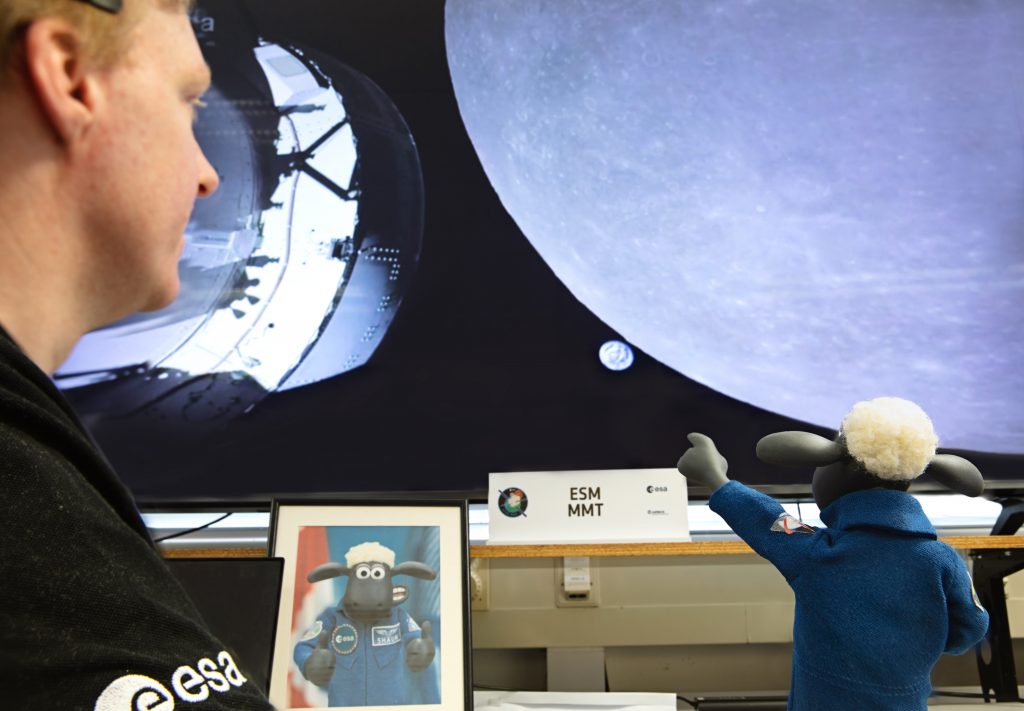
The main Mission Control centre for Shaun’s Artemis I flight was NASA’s Johnson Space Center in Houston, but there are more two centres for operational expertise outside Houston. One is Lockheed Martin in Denver, Colorado, and the other is the Mission Evaluation Room (MER) at ESA ESTEC in the Netherlands.
Shaun was able to meet many of the people who made the mission possible, including Anthony Thirkettle, ESA’s Orion ESM Production Manager, and Philippe Berthe, ESA’s Project Coordination Manager for the Orion ESM, as well as engineers at ESTEC who monitored the European Service Module through the whole Artemis I mission.
From the MER, these experts constantly watched the ESM-1’s systems from countdown to separation for reentry and provided support to NASA’s Orion teams.
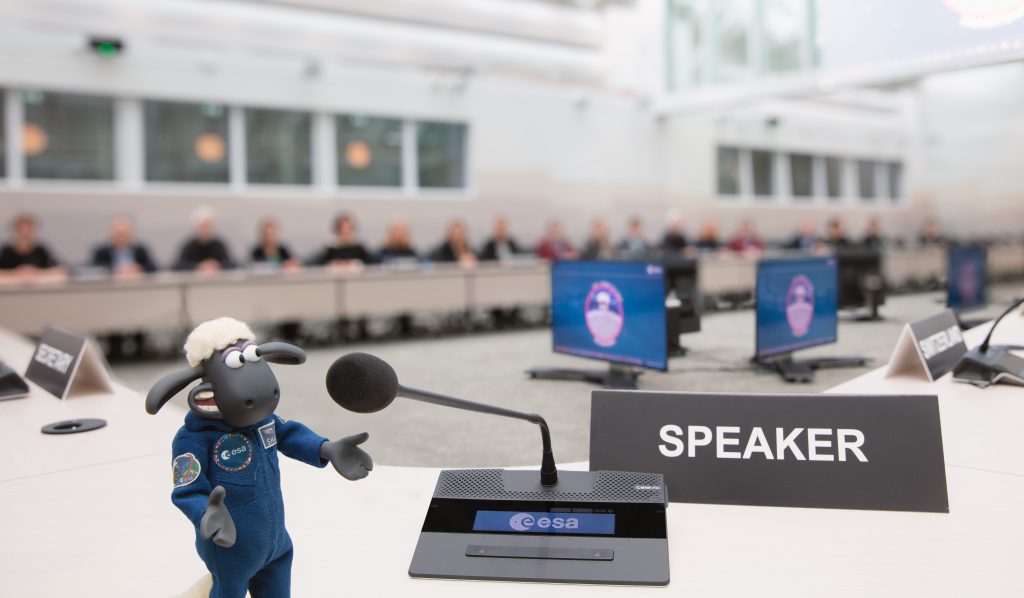
The final destination for Shaun was ESA’s newly refurbished headquarters on rue Mario Nikis in Paris, France.
After presenting a summary of the Baaartemis mission to ESA Director General Josef Aschbacher, Shaun also met distinguished guests in the building’s new high-tech conference room.
After a very busy schedule, Shaun is now back with The Flock at Mossy Bottom Farm, but he indicated he’d like to ‘remain eligible for future flights’.

 Automated Transfer Vehicle page
Automated Transfer Vehicle page ATV blog archive
ATV blog archive
Discussion: no comments